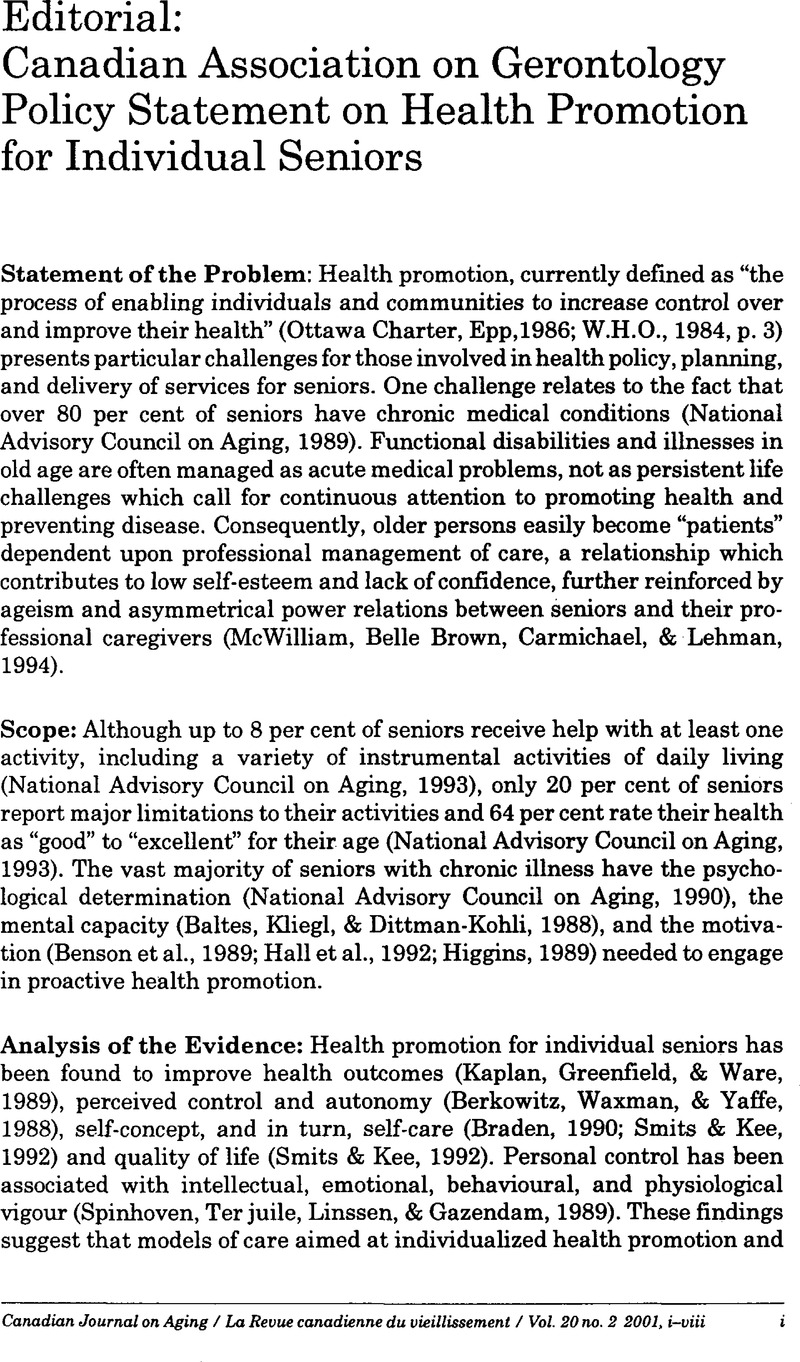Kaplan, G.A.,
Greenfield, S., &
Ware, J.E. Jr (
1989).
Assessing the effects of physician-patient interactions on the outcomes of chronic disease. In K.N. Lohr (Ed.), Advances in health status assessment.
Medical Care,
27(suppl. 1),
110–
127.
CrossRefGoogle ScholarPubMed 